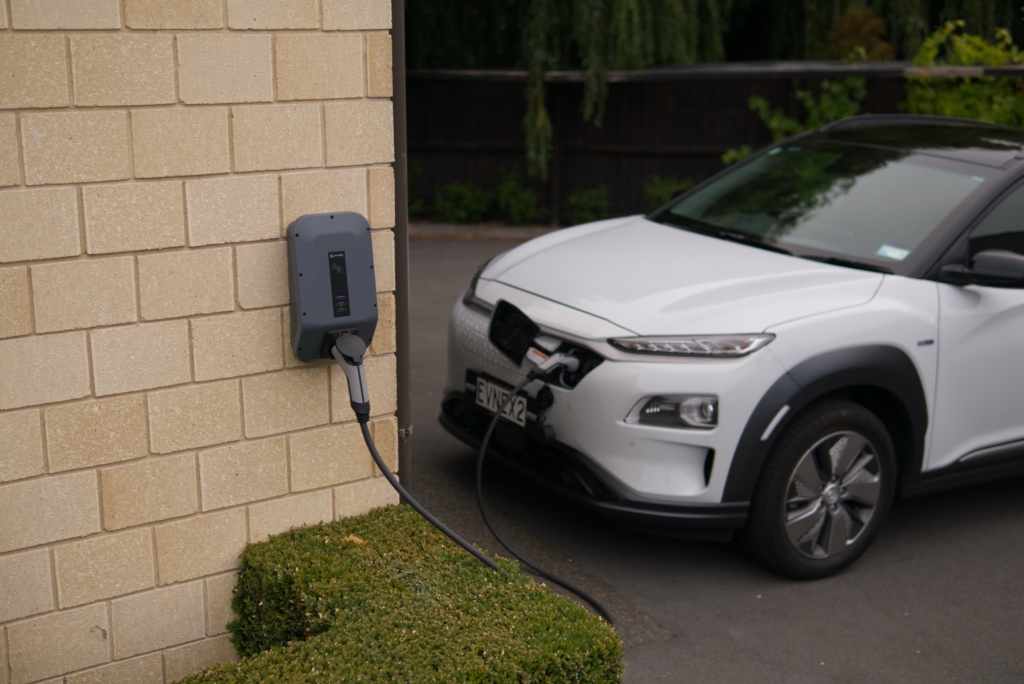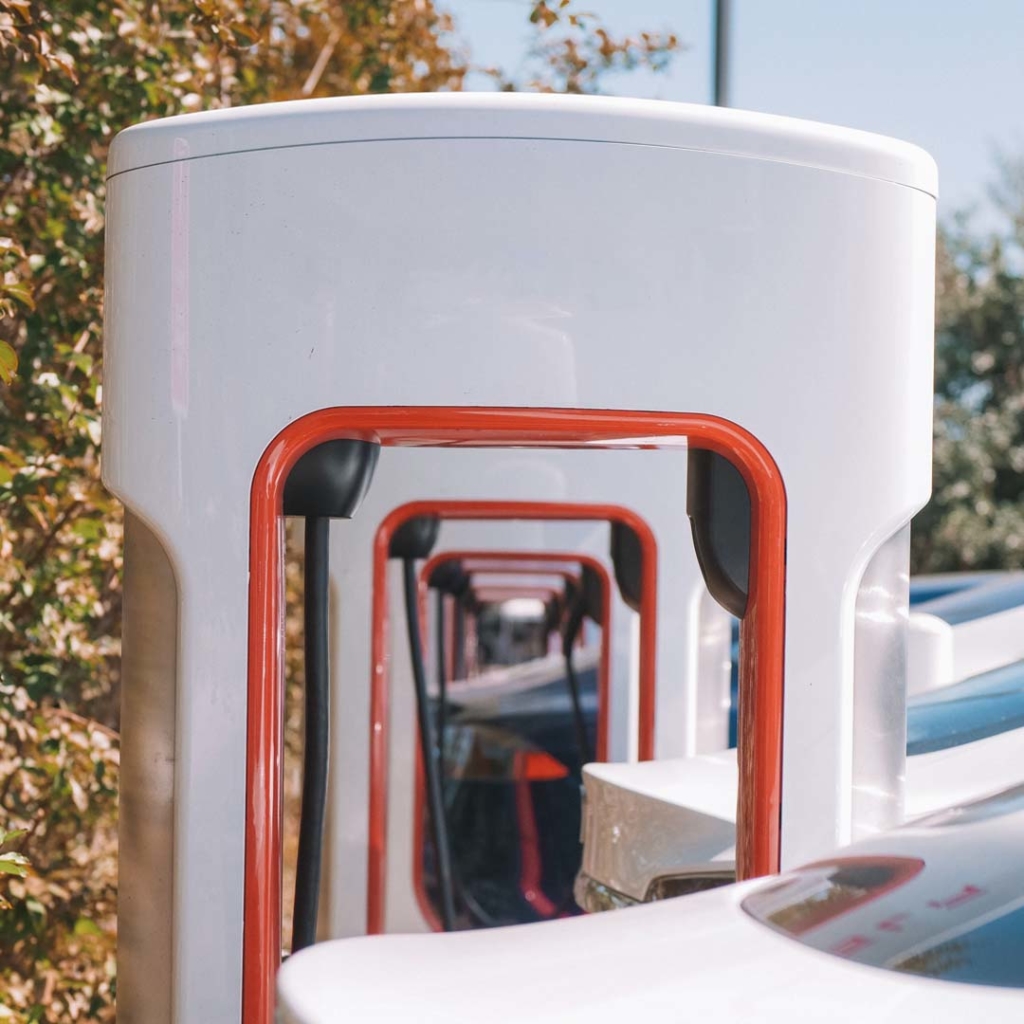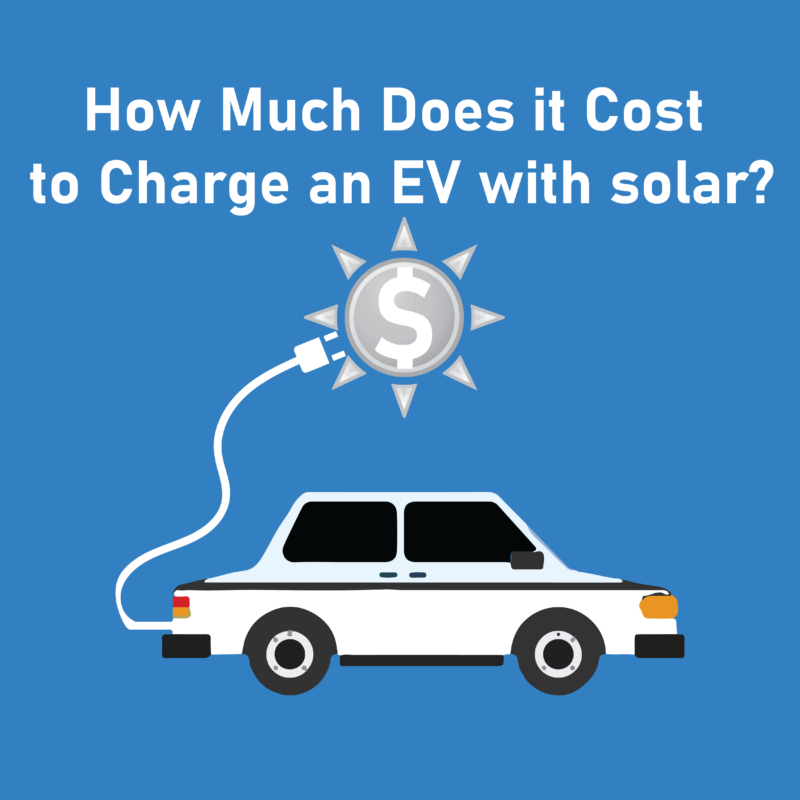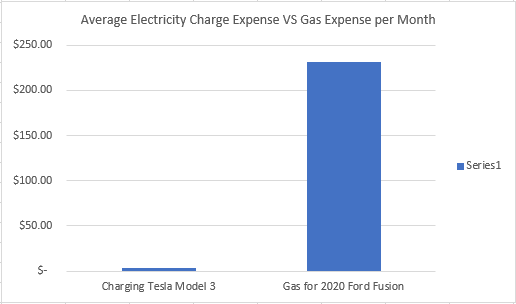Power your EV with Solar
Save time and Money with Solar + EV
Investing in an electric vehicle (EV) is a great step in the right direction toward going green and cutting back on unnecessary expenses, but it’s only one part of the equation. What happens when your ride runs out of juice? Are you willing to leave your car somewhere miles away from your home for literal HOURS while you wait for it to charge? These are two crucial questions to ask when investing in an electric vehicle, but fortunately for you, our team here at SolarTech has the expertise to help you make the right decision for your electric future!
When to Charge
Understanding Peak Charge TimesWhen to Charge
Charger Types
Portable/Wall Mounted ChargersCharger Types
Things to Consider
Garage ModificationThings to Consider
Charging Apps
From Alexa to ChargePointCharging Apps
At Home Charging
At-home charging allows you to convert your home into a vehicle charging station! Combining at-home charging with solar allows consumers to charge their vehicle for a fraction of the cost that they would be paying to refuel a gas-powered vehicle. Each EV has manufacturer recommendations that must be followed when charging at home, but it is possible to equip your home for EV charging by installing a 240-volt outlet! Depending on your vehicle and the manufacturer’s recommendations, charging your EV could be as simple as plugging it straight into your outlet, however, it’s important to understand what that means. Start charging today, receive a FREE solar quote.
In order to do so, we’ll talk about the three different types of EV charging stations!

Wall Mounted Level 2 Charging Station
Level 2 charging stations require 240-volt circuits to operate, the same outlets used for washers and dryers. A team of professionals will need to install a 240-outlet in a space that is accessible to your EV before a level 2 charging station may be installed. These stations are the best and most efficient way for consumers to charge their cars at home.
Typically, 240-volt outlets can be installed in your garage or just outside your home to make it convenient for you to charge your car. Charging at a level 2 station is significantly faster than a level 1 charging station and can take a few hours to fully charge your vehicle. The charge time is dependent on the size of your battery, but the typical charge time for a Level-2 charging station is about 3-8 hours for a full tank, compared to nearly 11-20 hours to fully charge your EV on a Level-1 charger.
Installing a 240-volt outlet is a cost-effective way to turn your home into a charging station for your vehicle. 240-volt outlets also give you the freedom to custom fit your home to meet your EV charging needs. There are a plethora of home chargers on the market, each with their own special features and apps, that will become available to you once you install your 240-volt outlet. Level 2 chargers are by far the best choice for homeowners.
Level 1 charging stations are the most straightforward and basic form of charging station available. This type of charging station utilizes the existing 110-to-120-volt AC outlets in your home, without requiring you to install a special outlet for your car. These chargers typically come standard with your EV and can be plugged into these household outlets straight from your EV.
Chargers like these are super convenient as they don’t require any other installations, or for you to buy a special charging station, but they do come with drawbacks.
Charging your car takes long enough as is, but when you have an outlet that is NOT specifically designed to charge your car or ANY cars for that matter, it can take days to fully charge your vehicle! We here at SolarTech recommend having a team install a 240-volt outlet so that you can later invest in a level 2 charging station!

Tesla Supercharger
Level 3 charging stations are designed for commercial customers and can cost up to $50,000 to install. These stations need to be authorized by utility providers and are not scoped for residential use.

According to Kelly Blue Book, on average it costs U.S. households about $25.20 a month to charge an EV, but how much does it cost to charge your EV with solar? Getting ready to charge at home requires an initial investment, however, the monthly savings that you can expect from charging your EV with solar will soon cover the initial expense.
The most efficient and cost-effective way to charge your EV at home is with a level 2 charging station.
Prior to installing a level 2 charging station, your home will require a team of professionals to upgrade your home’s electrical system to support the 240-volt outlet required to charge your car. Installing the 240-volt outlet is the first step in equipping your home for quick, efficient EV charging. Level 2 charging stations require more juice than the standard 110-to-120-volt AC outlets in your home can produce, so it is necessary that you first install a 240-volt outlet before ordering your level 2 charging station.
Alternatively, the base-level charging station, known as a level 1 station, uses the existing 110-to-120-volt AC outlets in your home. If you’re satisfied with the slow charging that comes with using these chargers, then you likely won’t have to pay anything at all to start charging at home. If you have easy access to an outlet for your car, then you’re good to go!
The price of chargers will vary per household, but you can reach out to us below for more info on equipping your home with a solar energy system including a 240V outlet.
Installing a 240-volt Outlet
After you have your 240-volt outlet installed, you’ll need to order a charger for your home. These can range anywhere between $300 – $700+. That being said, the initial cost of prepping your home for EV charging can be pretty intimidating, but the long-term and even immediate savings are substantial.
Charging your car is very cost-effective when you do so with solar! The U.S. Department of Transportation says that the average American drives roughly 13,500 miles a year or 40 miles per day. The base Tesla Model 3 for instance has a 50-kWh battery with a range of nearly 220 miles. With solar, you can reduce the cost of your electricity to as low as 7¢/kWh. Knowing this, we can calculate an estimate of what it will cost to charge your Tesla Model 3 at home.


Let’s do the Math!
If you drive your Tesla Model 3, 40 miles a day, running off a 50-kWh battery with a range of 220 miles, each mile on your Model 3 consumes nearly .23-kWh per mile (50-kWh/220 = .23-kWh). If you consume .23-kWh per mile, assuming you’re driving 40 miles a day, then you’re looking at using 9-kWh a day. If you’re using 9-kWh and your electric is running you 7¢/kWh with solar, then you can expect to pay roughly 63¢/day to charge your car for 40 miles
costing approximately $3.50 to charge your Model 3 each month with Solar!
To keep things simple, In California, I pay a little over $4 A GALLON, to fill my 13.5-gallon tank! That means every time I fill from empty, I’m paying almost $54! Using the math above, it would take you 15 MONTHS to spend that type of money on your Model 3 when charging with solar!
Do you need any more reasoning to combine solar with at-home charging? Receive a FREE quote today!
What’s best for you?
Every customer is unique and SolarTech is here to help guide and educate each customer through the solar process. Go solar today and ask for a FREE quote to discuss your options for adding solar + an EV charging outlet. Whichever way you go, we’ve got the information and expertise you need to make the best decision for your family.
SolarTech has been in business since 2001 and whether we’re installing a simple residential solar pool heating system or a large multi-array commercial solar energy project, we understand the importance of each job. Fitting your home with the equipment needed to charge your vehicle is an important step in going green and saving money, and we’re here to help!

